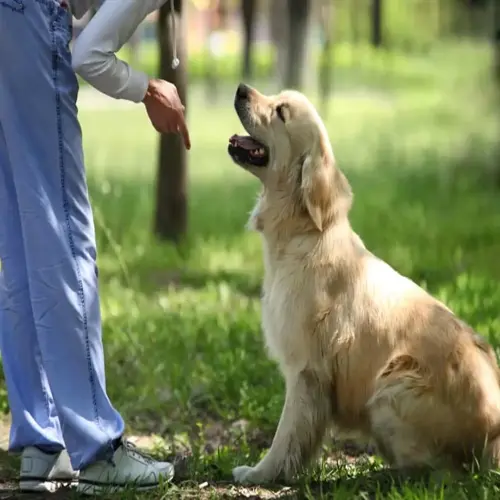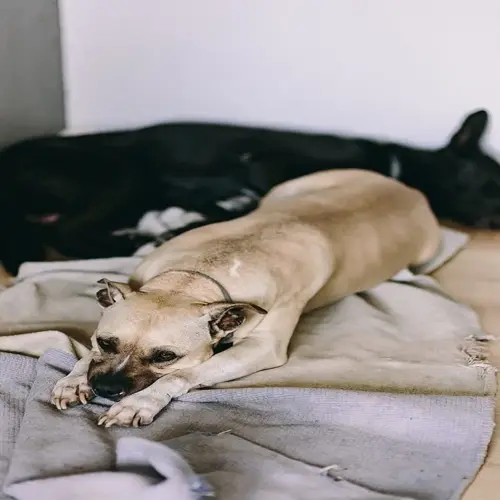What indicates poor housing conditions?

Written by
Hoang Long
Reviewed by
Prof. Edward Clarke, Ph.D.Physiological signs indicate housing problems before a serious condition develops. Overgrown teeth indicate too little food for chewing. Bald patches indicate stress grooming due to confinement. Labored breathing is indicative of poorly ventilated quarters. All of these indications mean immediate changes must be made in the habitat to avert serious damage.
*Behavior changes show environmental stress*. *Lack of energy suggests insufficient space to move about in.* *Aggression indicates lack of enrichment or overcrowding.* *Pacing indicates dissatisfaction with confinement.* *Your pets are trying to communicate that they are uncomfortable with these behaviors.* *These indications of discomfort should be addressed as soon as possible if you wish the animal to be healthy.*
Dental Indicators
- Overgrown incisors from lack of chew toys
- Drooling caused by misaligned molars
- Weight loss from eating difficulties
- Provide apple wood blocks immediately
Respiratory Signs
- Wheezing from ammonia buildup
- Sneezing due to dusty bedding
- Crusty noses indicating infection
- Improve ventilation and bedding
Habitual factors ultimately injure the organism. Poor ventilation can lead to chronic diseases, including pulmonary dilatation. Wire flooring causes permanent foot deformity and distortion. Small habitations can cause atrophy of muscle, muscle distortion, and permanent tissue damage. These conditions are not immediately evident, but rather gradually develop and ultimately become permanent defects. Frequent examinations of the habitat will obviate these disabilities.
Early implementation of corrective actions fixes most problems. Make enclosures larger for space stress problems. Add hiding boxes for security stress needs. Improve air flow systems for respiratory issues. Pets show improvement within days of the necessary adjustments. Behavior becomes normal as comfort is restored.
Perform a weekly habitat analysis by using a simple checklist. Watch eating methods, activity levels, and grooming habits. Measure the temperature and humidity each time they are measured. These observations allow any problems to be detected quickly. Your vigilance ensures they live in ideal conditions and protects against health crises.
Read the full article: Ultimate Small Animal Housing Guide

